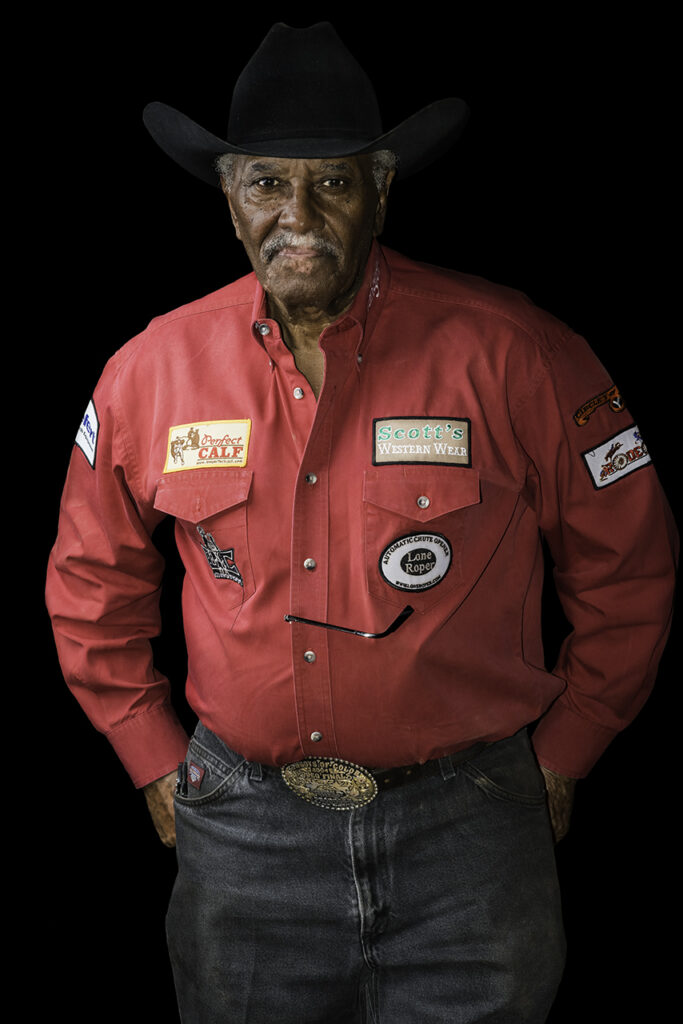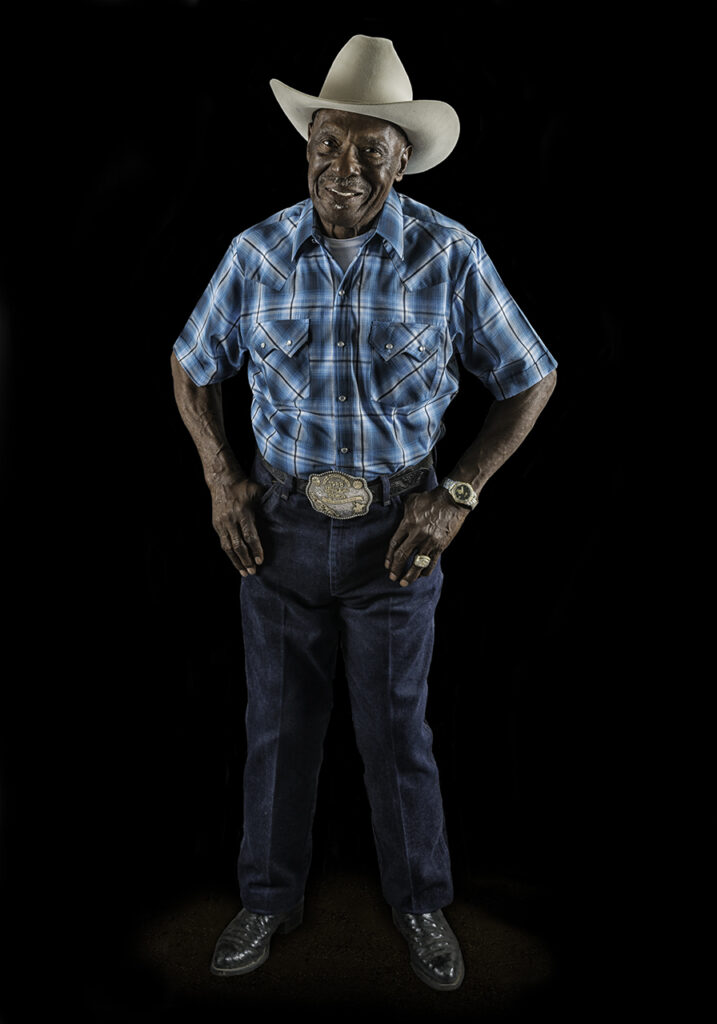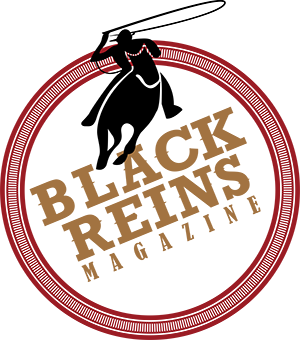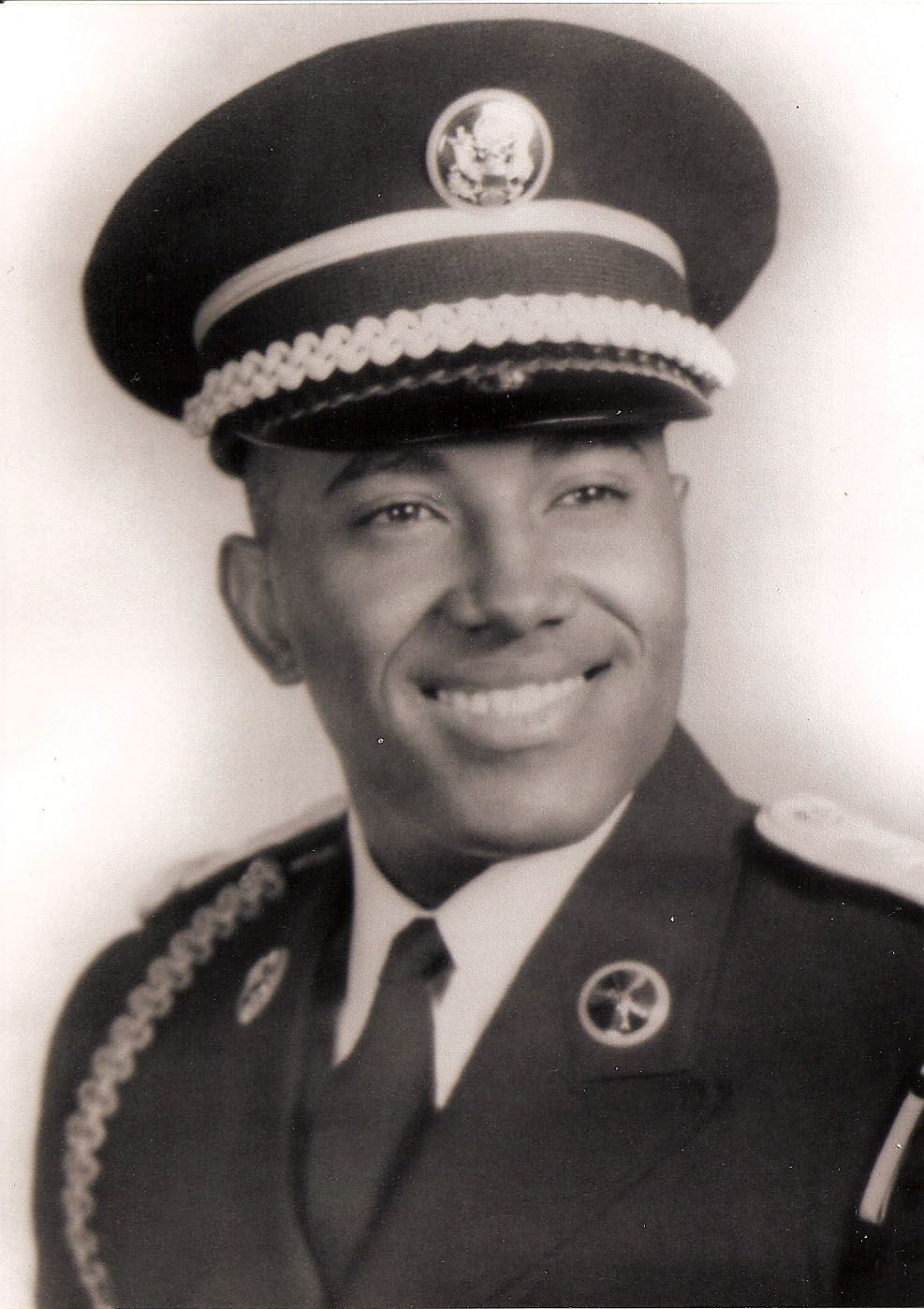This Cowboy, Champion Calf Roper, Presidential Honor Guard, Ford Motors Executive, Black Marlboro Man, Founder and Promoter of the Cowboys of Color Rodeo has a sincere heart for tomorrow’s cowboy.
By Don Russell
Cleo was born in Seminole, Okla., in May of 1939 to Doc and Gertrude Hearn of Indian and Black heritage. His father graduated from Langston University in Langston, Okla. and he played semi-pro baseball in the Kansas City organization of the Negro Leagues. Raised by his mother, Cleo attended Douglass High School in Oklahoma City instead of in Seminole due to the segregation there. Even though he lived in the city, horses were ever-present in his mind; Not baseball or football but cowboys. He would walk two miles to ride a horse for 30 minutes. During his high school years he worked stock, broke broncs and practiced roping. In 1955 at 16 years old he was refused entrance into the rodeo because of his race. Back then the Whites decided everything and the Blacks usually had to ride after the paying audience had left the arena. “It wasn’t guaranteed that you would win the purse even if you had the best time.”
After high school graduation, between the ages of 18 to 22, Hearn pursued calf roping with a vengeance. In 1959 he became a PRCA member and rode in most of the rodeos in Texas and Oklahoma. He roped in the Forth Worth Rodeo for the first time in 1961. It was also during this time that he met rodeo announcer Clem McSpadden, who would later become an Oklahoma State Senator and a major influence in Cleo’s life.
As an early Black Pro Rodeo Cowboy, Cleo cut a striking image on the circuit. He was tall, handsome, and had a vivacious personality. His work ethic and roping ability coupled with his easy-going and smooth talking personality made him an ideal candidate for many of his future endeavors. He was drafted into the army in October of 1961. As fate would have it, he would be chosen to become a member of the Presidential Honor Guard in which he served for the next two years. The duties included serving the official functions in Washington, D.C. as well as the burials in Arlington National Cemetery. On the weekends during 1961-63, Cleo rode in the Army rodeos in Virginia becoming a personality around the area as a Black Presidential Honor Guard and Champion Calf Roper. He left active service one month before President John Kennedy’s assassination in Dallas, Texas, in November of 1963. Upon leaving the military he was offered an opportunity to attend officer candidate school, but chose to return to Oklahoma to attend college and pursue the rodeo.
Cleo attended Oklahoma State University and graduated from Langston University with a business degree. He was the first African American to attend college on a rodeo scholarship. During this time, while attending rodeos, he attracted the attention of Philip Morris executives who signed him to become the first African American Marlboro Man. After college, Cleo joined Ford Motor Co. in Sales and Marketing and worked for them for the next 33 years. He married his wife Verna and raised four sons. All of his children attained college degrees through rodeo scholarships. His sons, like their father, have professional jobs, are calf ropers, and help in the management of the Cowboys of Color Rodeo.

During Cleo’s long professional career at Ford, he continued calf roping and was the first African American to win a major calf roping event in 1970 at the Denver‘s National Western Rodeo. In 1971 he started producing the Texas Black Rodeo, but he changed the name to the Cowboys of Color Rodeo in 1995 to be more inclusive to all races for both the audience and the participants.
Cleo received his star on the Texas Trail of Fame in the Fort Worth Stockyards for his lifelong commitment to the rodeo and cowboy way of life. He also received the Lane Frost award in February of 2016. The Cowboy Hall of Fame will surely be calling his name in the future. From the many phases of Cleo’s life, one can discern distinct periods that prepared and paved the way for the next phase. The Army taught discipline, honor, and service. The Rodeo taught him to be a man of action, a decision maker, and an athlete. His professional career taught him business, communication, and people skills. All of these attributes can be seen today as his Cowboys of Color Rodeo trains the next generation of Black rodeo athletes for the PRCA and educates the audience about the cowboy life.

Hall of Famer Myrtis Dightman, Sr. was the first African American ever to go to the bull riding finals. He was one of the strongest bull riders of his era and the color of his skin kept him from being a World Champion. He would put on an 80-90 point ride and they would bust it down 5 points so someone else could win. I’ve seen that happen several times. Myrtis broke the ice for Charlie Sampson to become World Champion. He was huge in my life because he had that big nerve to go out there and try to do great things. He rode his butt off for years. He went down to Houston and drove a truck and went to the all colored rodeos on Sundays. He started working for Mr. Coleman in Dublin, Tx. Coleman was a premier stock producer. He put on the Madison Square Garden and Boston Garden rodeos back in the ‘60s for 2-3 months. Myrtis worked on the ranch, drove the stock to the rodeo, and then would ride in the rodeo. Most of the Black cowboys at that time were All- Around Cowboys. Myrtis would rather take a whipping than get bucked off a bull.
The interview tells stories of friends, family, rodeo history, segregation and discrimination, as well as the African American Cowboy’s forgotten history in the American west.
It reveals that each generation of Black cowboy success is built upon the preceding generation. The generations of the ‘50s and ‘60s opened the doors for today’s modern African American cowboy. I hope that these few stories featured in the book “Cowboys Of Color” will interest some to read and learn more about the history of the Black cowboy.
Source: Don Russell <dr@donrussellphoto.com><www.cowboysofcolor.net>
<www.donrussellphoto.com>


